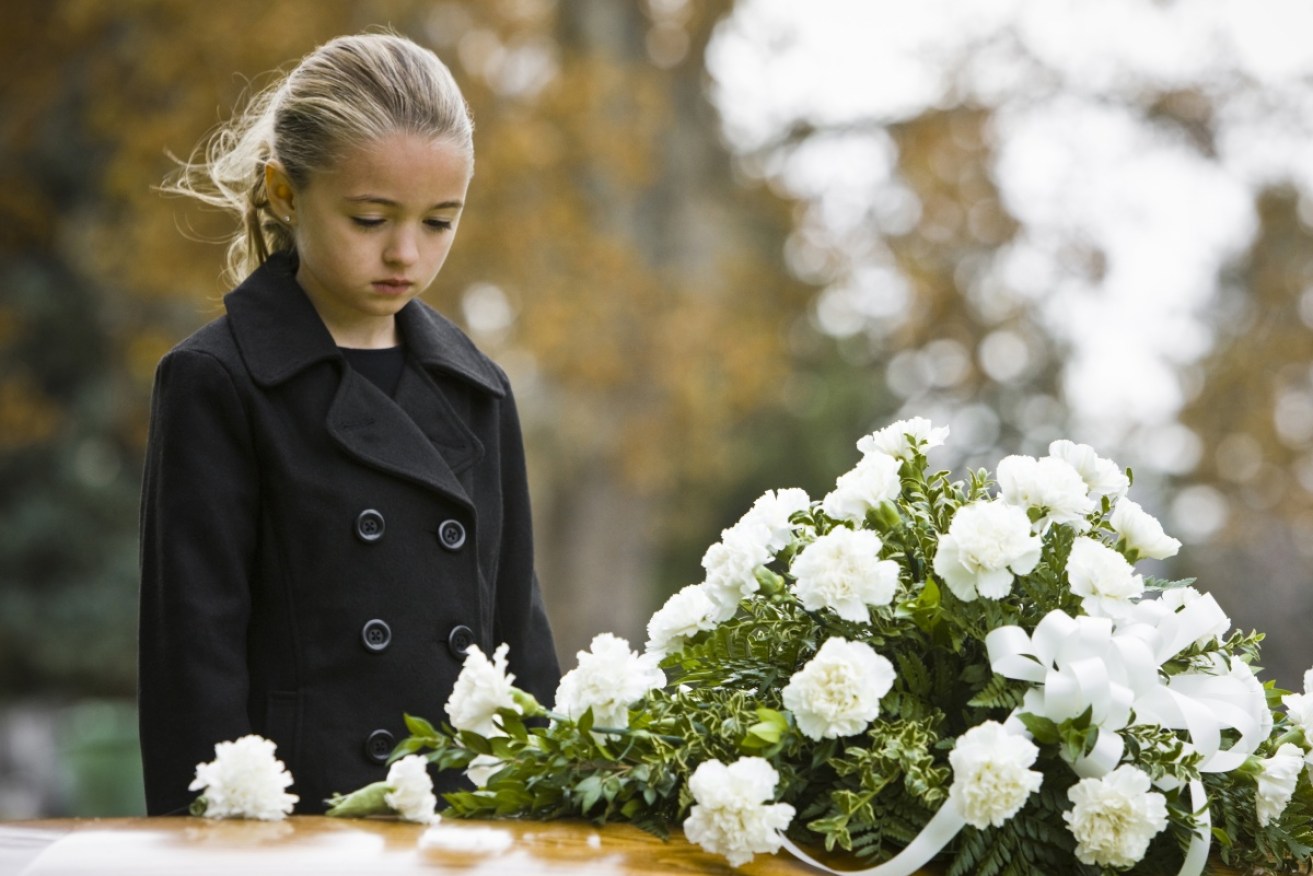The case for teaching school children about death and dying

Learning about how to cope with death will make children more resilient, doctors say. Photo: Getty
If death is the final taboo, it might not stay that way for much longer, with Queensland doctors calling for “death education” to be taught in classrooms.
Adding death education to the curriculum would help young people “make informed choices when the time comes”, AMA Queensland general practice chair Dr Richard Kidd said.
“We want the younger generation to be prepared for what might be facing them as young adults or even sooner,” Dr Kidd said.
The call has the backing of Palliative Care Queensland. Chief executive Shyla Mills said teaching school children about death would help them to become more resilient about loss, ageing and grief.
Death, dying and the school curriculum
Queensland’s Education Department says death is a concept in various areas of the curriculum, but it is not delivered as a standalone topic.
“There are opportunities for students to explore death and dying in humanities … and social sciences and studies of the life cycle through science,” a spokesperson said.
In addition, all state schools had specialist staff – including guidance officers – to help students who were concerned about topics such as death or dying.
The federal Department of Education and Training said the national curriculum covered issues relating to death in health and physical education.
“This provides an opportunity for students to learn about resilience, coping skills, help-seeking strategies and community support resources,” a spokesperson said.

Some elements of school curriculums already touch on death. Photo: Getty
How would death education work?
Dr Kidd said death education should be introduced at primary school, and then be a standalone subject at secondary level.
It could cover the medical, biological, emotional issues, as well as legal elements, such as advance health directives, enduring powers of attorney, statements of choices and wills.
“Curriculum developers should see this as a priority and work closely with health,” he said.
Ms Mills said today’s young people were far more likely to be involved in the dying process of relatives, work colleagues and friends than previous generations had been.
“They will need to be very resilient, more compassionate and develop a positive, proactive approach to death,” she said.
However, any move to make death education a standalone learning area will take years to finalise.
The national curriculum, which has the approval and endorsement of all of the country’s education ministers, is not due for review until 2020.
The Australian Curriculum Assessment and Reporting Authority says changes or additions to the national curriculum require ministerial endorsement, through the Council of Australian Government Education Council.

The ageing population means more encounters with death for all of us. Photo: Getty
Dr Kidd said the ageing population meant the proportion of people aged over 65 was growing at a faster rate than younger age groups, putting the onus of end-of-life care increasingly on the next generations.
According to the Australian Bureau of Statistics, people aged 65 and over made up 15 per cent of the population in 2016, up from 12 per cent in the previous decade. Projections are for this population group to grow even more rapidly in the next decade as baby boomers continue to age.
Dr Kidd said older people were particularly reluctant to bring up the subject of death with their family.
“What that means is when people come to that last phase of life, the family does not know quite often what that person might have wanted,” he said.
According to a Productivity Commission report, that means tens of thousands of terminally ill Australians die in hospitals when they would rather die at home,
“If the family don’t know that someone doesn’t want all the heroics of being put on a ventilator or being resuscitated with their ribs broken … they are going to find it very hard to say ‘no, don’t resuscitate’,” Dr Kidd said.
“It’s also a way of breaking the ice. Having young people come home from school and saying, ‘what do you want us to do if you have a stroke?’.”








